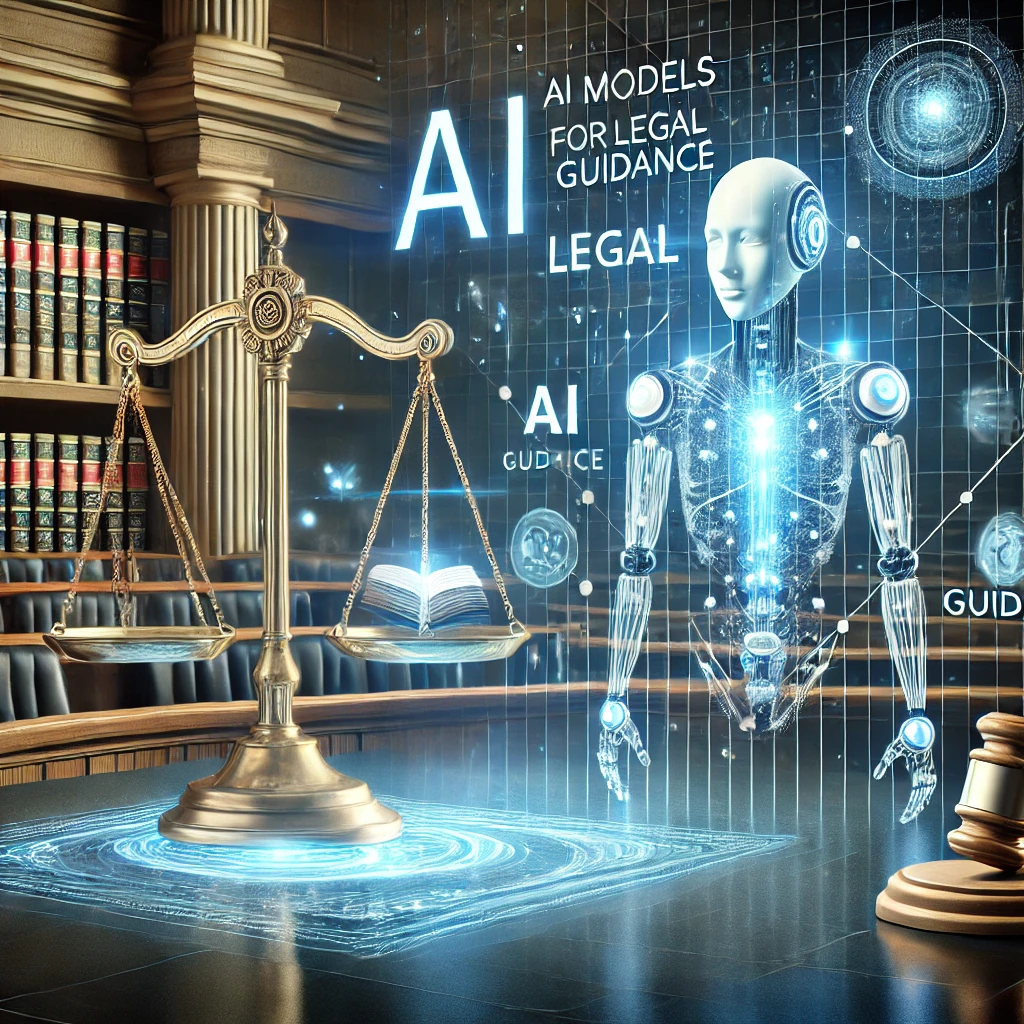Which AI Models Are Best for Legal Guidance?
Introduction
AI is transforming the legal industry, streamlining research, drafting, and guidance processes. But choosing the right AI model for legal guidance depends on factors like accuracy, compliance, domain specialization, and customization. In this article, we explore the best AI models for legal applications and their suitability for different use cases.
1. General-Purpose Large Language Models
General-purpose LLMs are versatile and effective for many legal tasks, from drafting contracts to providing legal summaries.
a. OpenAI’s GPT Models (e.g., GPT-4)
- Strengths:
- Excellent natural language understanding and generation.
- Versatile in drafting, summarizing, and answering complex legal questions.
- Strong multilingual support for cross-border legal matters.
- Limitations:
- Requires human review to ensure legal accuracy.
- May not have real-time access to updated legal databases unless fine-tuned.
b. Llama 2
- Strengths:
- Open-source, allowing for fine-tuning on specific legal datasets.
- Scalable for creating niche legal solutions, such as tax compliance tools.
- Limitations:
- Requires technical expertise for deployment.
Use Case:
Drafting basic legal templates, initial research, and personalized client communications.
2. Domain-Specific Legal Models
These models are trained exclusively on legal datasets and offer superior performance for specific legal tasks.
a. Harvey
- Strengths:
- Tailored for legal professionals.
- Provides precise legal drafting and case analysis.
- Integrates seamlessly into existing legal workflows.
- Limitations:
- High cost of deployment and limited flexibility outside legal tasks.
b. Casetext’s CoCounsel
- Strengths:
- Specialized in case law analysis and legal research.
- Trusted by law firms for complex legal queries.
- Limitations:
- Geared toward US law, making it less useful for international practitioners.
Use Case:
In-depth case law research, regulatory compliance, and litigation support.
3. Open-Source Models for Legal Customization
Open-source models offer unparalleled flexibility for niche legal needs, especially when fine-tuned with proprietary data.
a. Legal-BERT
- Strengths:
- Pre-trained on legal texts, statutes, and case law.
- Ideal for document classification and extracting legal entities.
- Limitations:
- Limited natural language fluency for drafting complex documents.
b. OpenLegalData NLP Models
- Strengths:
- Designed for open access to European legal texts.
- Suitable for automating document retrieval and statute analysis.
- Limitations:
- Focuses on EU-specific data, which may not generalize well globally.
Use Case:
Developing in-house legal analytics tools, like automated contract analysis or compliance checks.
4. Hybrid Solutions
Combining multiple models can yield the best results for diverse legal applications.
Example Workflow:
- Use GPT-4 for drafting an objection letter.
- Fine-tune Llama 2 with legal-specific data for reviewing and enhancing.
- Use Legal-BERT for entity extraction and compliance validation.
5. Evaluation Criteria for Legal AI Models
When selecting a model for legal use, consider:
- Accuracy: Does it understand legal terminology?
- Regulatory Compliance: Is it compliant with GDPR, HIPAA, or other relevant laws?
- Customizability: Can it be tailored to your jurisdiction and legal domain?
- Integration: Does it integrate with existing legal tools like Westlaw or LexisNexis?
Conclusion
The choice of AI models for legal guidance ultimately depends on your specific needs. General-purpose LLMs like GPT-4 excel in versatility, while domain-specific models like Harvey and Legal-BERT are perfect for precision-focused tasks. For those seeking cost-effective and customizable solutions, open-source options like Llama 2 and Legal-BERT offer the flexibility to tailor AI for unique legal challenges.
By carefully evaluating your requirements and leveraging the strengths of these models, you can harness AI to streamline legal workflows, improve decision-making, and provide better client service.
Would you like this tailored to focus on specific jurisdictions, such as Dutch or Philippine law? Or perhaps you’d like a downloadable version? Let me know!
[SEO optimized]


